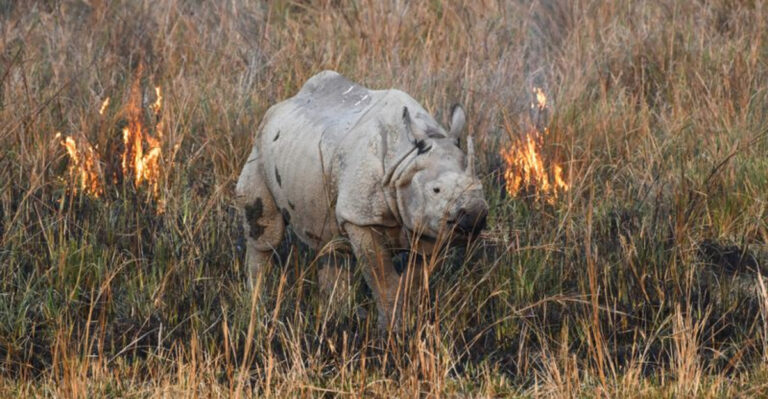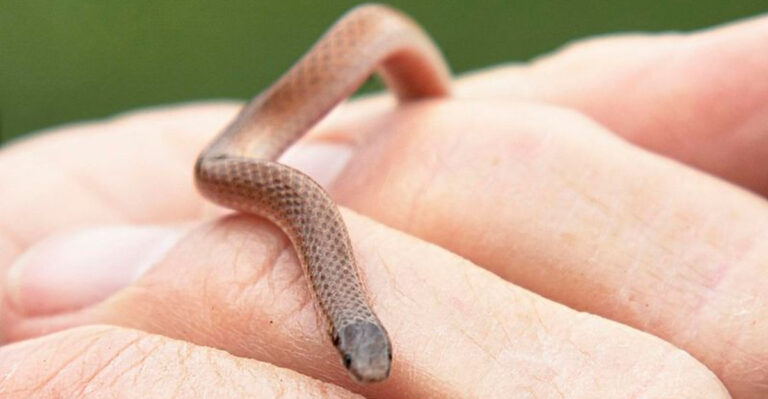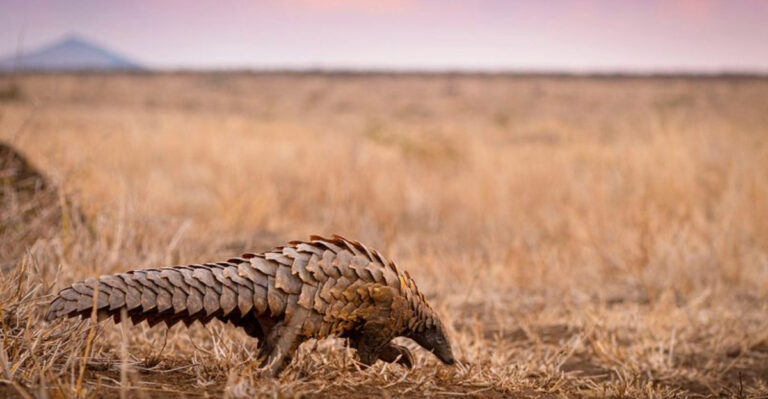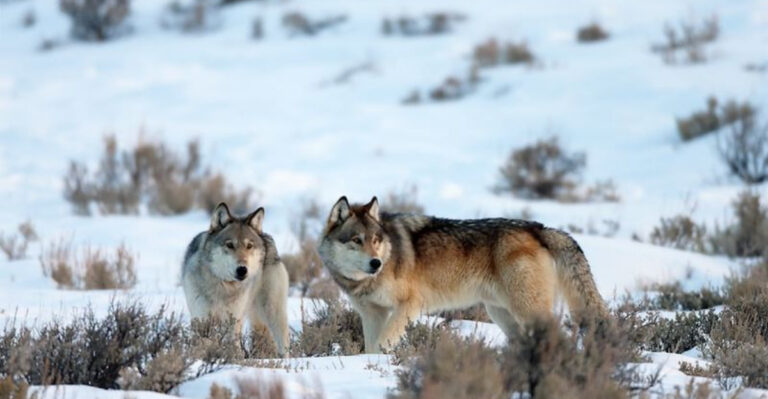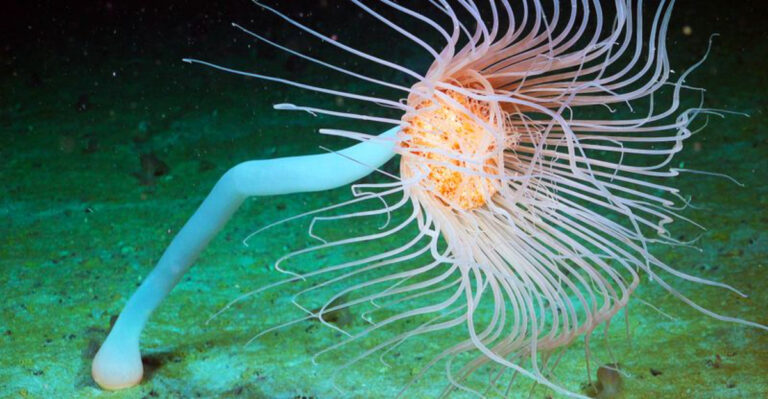Moonwalking Orca Stuns Spectators In Canada And Experts Explain Its Behavior
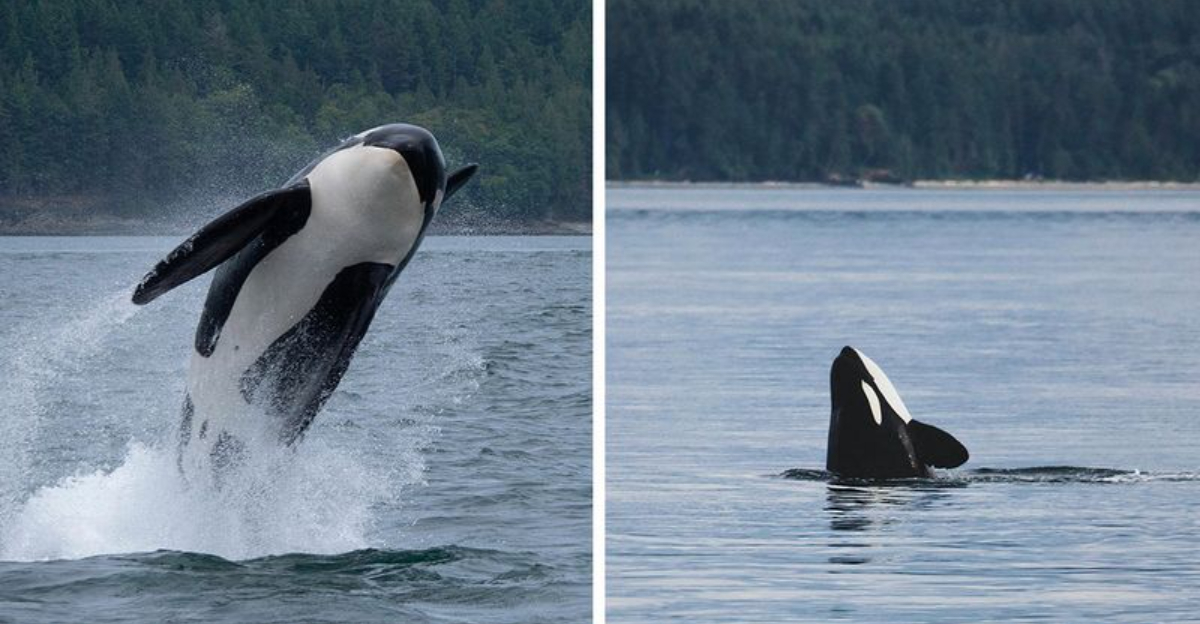
Last week, visitors to Howe Sound in British Columbia were treated to an incredible sight – an orca swimming backwards across the water’s surface in a motion that looked just like Michael Jackson’s famous moonwalk.
The unusual behavior quickly went viral on social media, with marine biologists rushing to explain what was happening. This rare display offers a fascinating glimpse into the complex behaviors and intelligence of these magnificent marine mammals.
The Moonwalking Event That Stunned Spectators
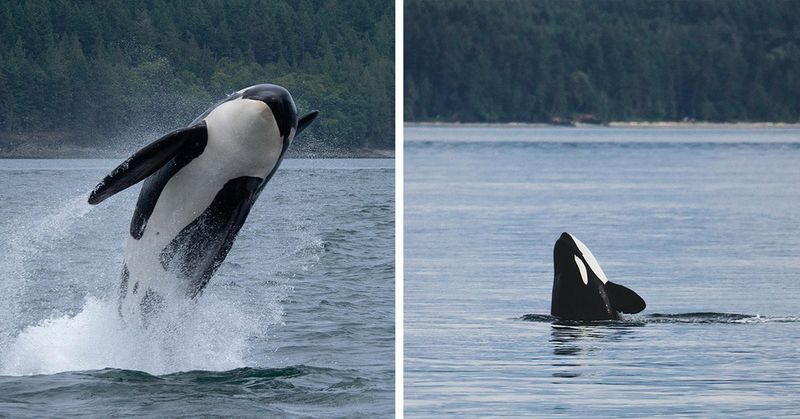
Gasps echoed across the waters of Howe Sound as an adult male orca suddenly flipped onto its back and began propelling itself backward across the surface. The whale used its powerful tail flukes to push against the water while keeping its body partially above the surface.
Tourists on nearby whale-watching boats scrambled for their cameras, capturing the rare moment that marine biologists later confirmed has only been documented a handful of times in these waters. The orca continued its backward glide for nearly 30 seconds.
Local tour guide Melissa Thompson called it “the most extraordinary thing I’ve seen in 15 years on these waters.”
What Is Moonwalking In Orcas And Why It’s So Surprising
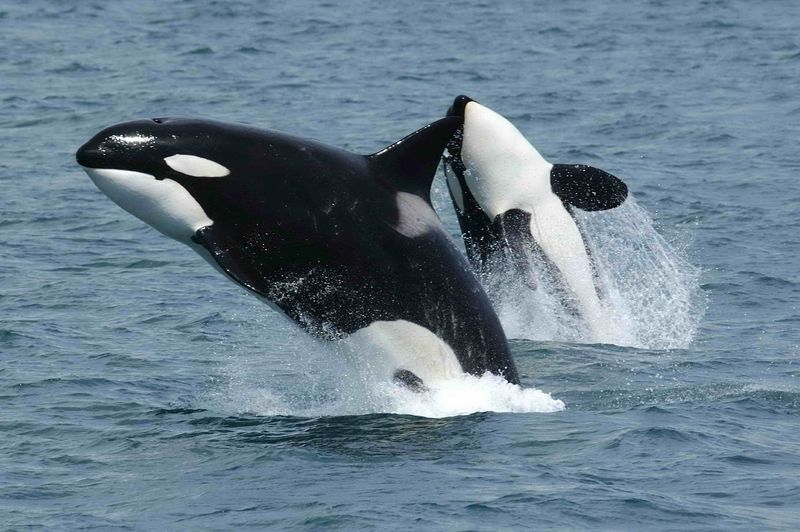
Moonwalking in orcas refers to a behavior where these marine mammals swim backward on the water’s surface, creating an illusion similar to Michael Jackson’s famous dance move. The orca flips onto its back or side, then uses its tail to propel itself backward while maintaining its position at the surface.
What makes this behavior so remarkable is that it serves no obvious survival purpose. Unlike hunting or communication displays, moonwalking appears to be purely recreational.
Marine biologists are particularly surprised by the deliberate and controlled nature of the movement, which requires significant body awareness and motor control not typically observed in wild animals.
Orcas: The Intelligent Marine Mammals Capable Of Unique Behaviors
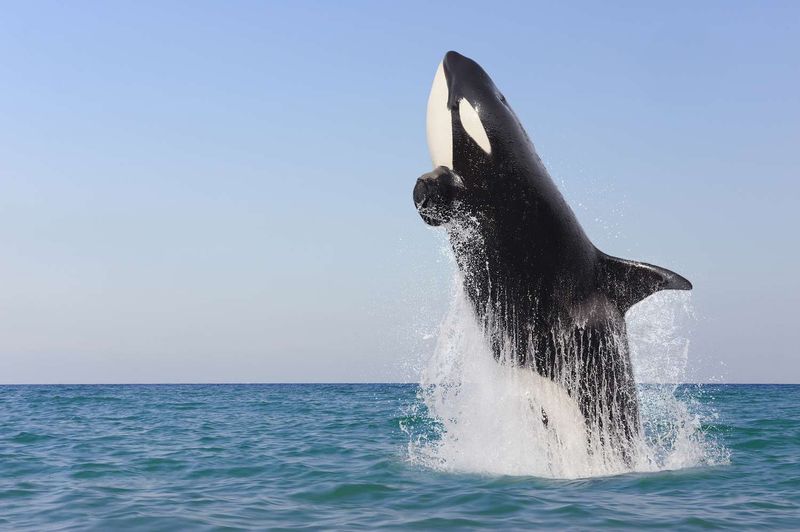
Orcas possess some of the largest brains in the animal kingdom, with complex structures dedicated to emotional processing and social cognition. Their brain-to-body ratio rivals that of humans and exceeds most other mammals, explaining their ability to develop unique cultural behaviors like moonwalking.
These majestic creatures can recognize themselves in mirrors – a rare ability shared by only elephants, great apes, and a few other species. Researchers have documented distinct “dialects” among different orca pods, with each group developing their own hunting techniques and social rituals.
Remarkably, orcas can pass these learned behaviors down through generations, creating what scientists call whale culture.
Experts Weigh In: Understanding The Moonwalking Orca’s Actions
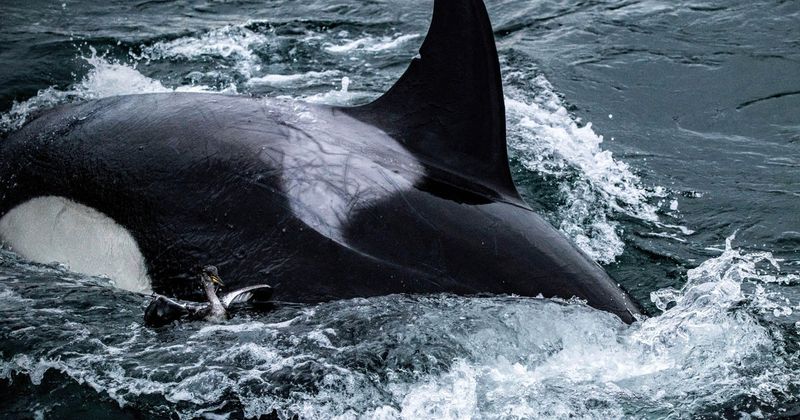
Marine biologist Dr. Sarah Wilkinson from Vancouver Aquarium believes the moonwalking behavior represents a form of play. “Play is crucial for cognitive development in highly intelligent species,” she explains. “This orca is essentially experimenting with its body’s capabilities in a non-survival context.”
Dr. James Hendricks from the Marine Mammal Research Institute suggests another possibility: social signaling. The dramatic, visible nature of moonwalking might serve as a status display within the pod hierarchy.
Both experts agree on one thing – the behavior demonstrates remarkable body control and spatial awareness, further confirming the extraordinary cognitive abilities of these ocean predators.
Why This Rare Orca Behavior Has Captured Global Attention
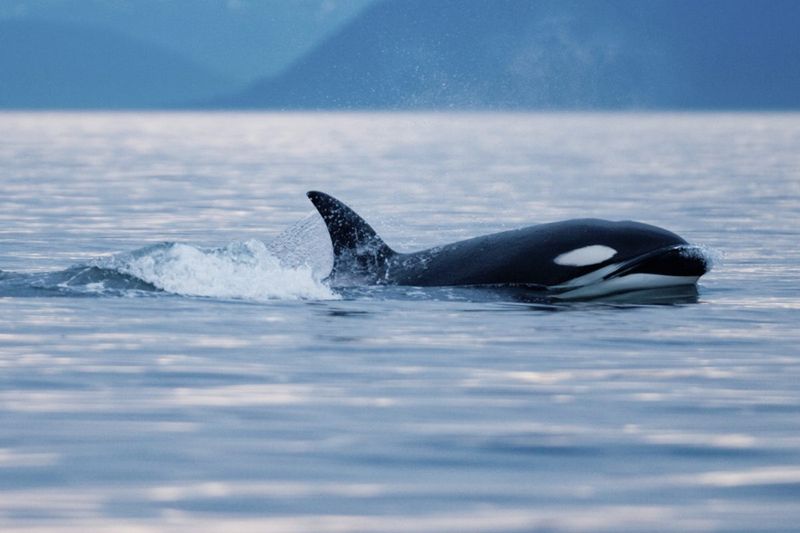
The moonwalking orca video amassed over 15 million views across social media platforms within 48 hours of posting. Its popularity stems partly from the surprising human-like quality of the movement – a wild animal seemingly performing a dance made famous by a human pop star.
Anthropomorphism – our tendency to attribute human characteristics to animals – plays a major role in our fascination. When we see an orca “dancing,” it creates an immediate emotional connection.
The rarity of the documented behavior also contributes to its viral status. Even longtime whale researchers expressed amazement, with one calling it “a once-in-a-career sighting” that challenges our understanding of cetacean behavior.
How Orcas Use Their Flippers To “Walk” On Water
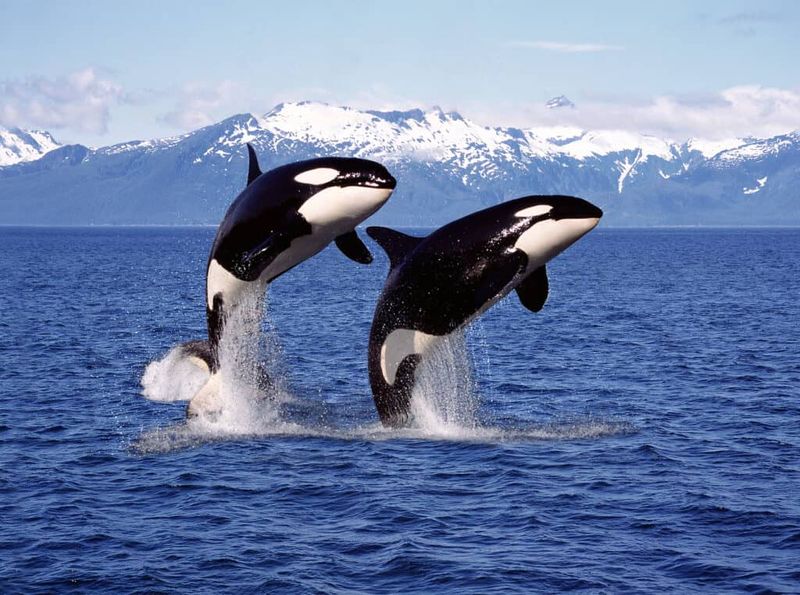
The physics behind an orca’s moonwalk involves a masterful control of buoyancy and momentum. The whale first positions itself at the perfect depth – deep enough to generate thrust with its powerful tail flukes, yet shallow enough to create the surface illusion.
Contrary to what many assume, the pectoral flippers aren’t used for the backward propulsion. Instead, they act as stabilizers, making micro-adjustments to maintain the precise body position needed for the maneuver.
The real power comes from the massive tail, which can generate over 500 pounds of thrust with a single stroke. By angling this force just right, the orca creates the smooth backward glide that so resembles Michael Jackson’s signature move.
The Science Behind The Moonwalking Orca Phenomenon
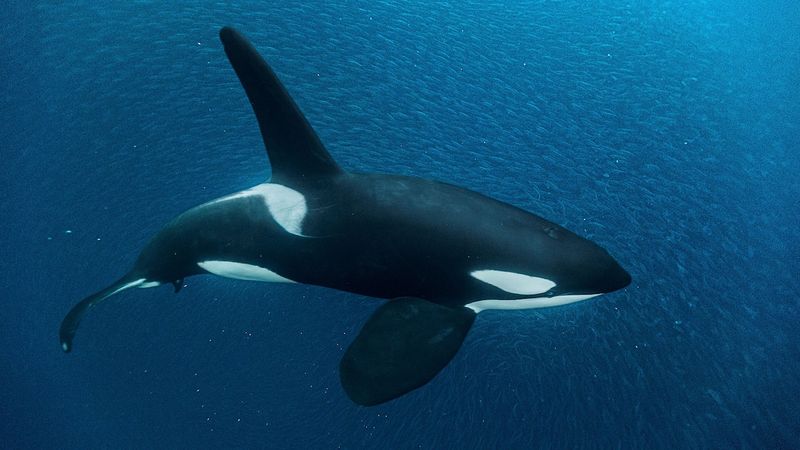
The moonwalking behavior involves sophisticated neurological processes within the orca’s brain. Their cerebellum – the brain region responsible for coordination and precise movement – is proportionally larger than in humans, allowing for exceptional motor control even in backward motion.
Orcas possess a specialized nervous system that enables them to move each side of their body independently. This split-body control, combined with their natural buoyancy in water, makes the backward swimming physically possible.
Fascinatingly, researchers believe this behavior isn’t instinctual but learned. The Howe Sound orca likely observed another pod member performing the trick or invented it through experimentation – further evidence of these animals’ remarkable capacity for innovation.
Moonwalking As Play: Is This Behavior A Sign Of Orca Intelligence?
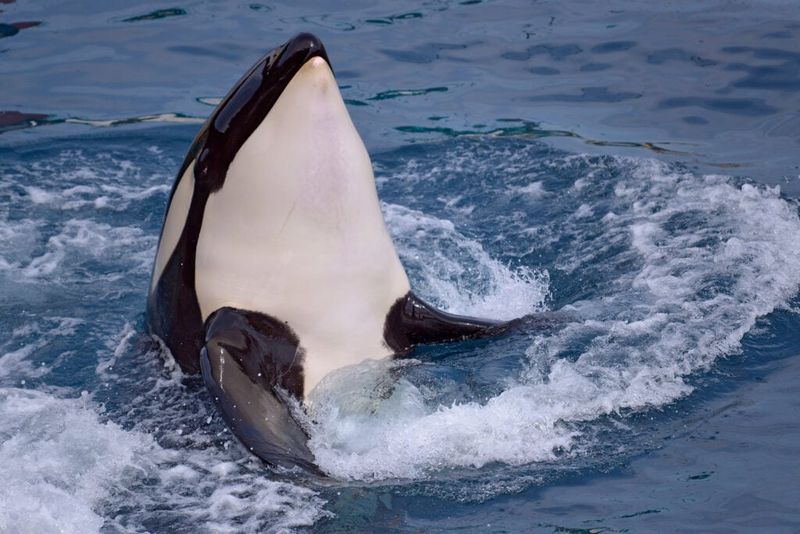
Playful behaviors like moonwalking strongly correlate with advanced cognition in marine mammals. When animals engage in activities with no immediate survival benefit, it often indicates surplus mental capacity – essentially, they’re smart enough to have “free time” for fun.
Young orcas typically spend up to 20% of their day engaged in play, practicing hunting techniques and social skills. Adult play is rarer but particularly significant, suggesting the moonwalking orca may be an especially intelligent individual.
Dr. Lori Marino, a leading cetacean neurobiologist, notes: “Play behaviors that involve novelty and creativity, like this backward swimming, are among the strongest indicators of advanced cognition we have in the animal kingdom.”
Unpacking The Behavior: What Experts Say About The Orca’s “Moonwalk”
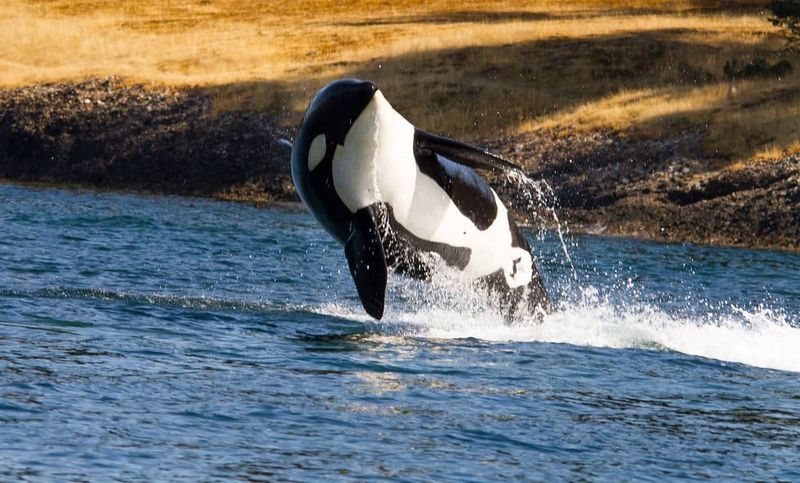
Traditional Salish Sea indigenous knowledge offers additional perspective on the orca’s moonwalk. Elder Thomas Williams of the Squamish Nation suggests such displays might be ceremonial, aligning with stories passed down for generations about orcas performing special movements during important seasonal transitions.
Conservation psychologist Dr. Eleanor Phillips points to environmental factors. “We’re seeing more complex play behaviors in the Salish Sea orcas since the hunting ban improved their population numbers and reduced stress,” she notes.
Wildlife behaviorist Mark Thompson offers a simpler explanation: “Sometimes, just like us, these magnificent animals simply do things because they’re fun. The joy of movement isn’t unique to humans.”
What We Can Learn From The Playful Behavior Of Orcas
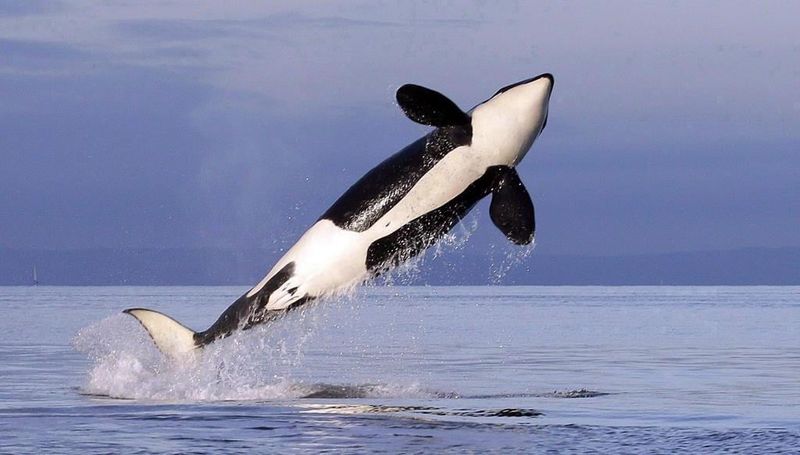
The moonwalking display offers a powerful reminder of our responsibility toward marine conservation. These complex behaviors only emerge in healthy populations with secure food sources and minimal stress – conditions increasingly threatened by human activity.
For scientists, such rare behaviors provide valuable research opportunities. Each new observation helps complete the puzzle of cetacean cognition and culture, potentially revolutionizing our understanding of non-human intelligence.
Perhaps most importantly, these moments of cross-species connection inspire wonder. When humans witness an orca seemingly “dancing” with apparent joy, it bridges the perceived gap between our worlds and fosters a deeper appreciation for the remarkable beings with whom we share our planet.

